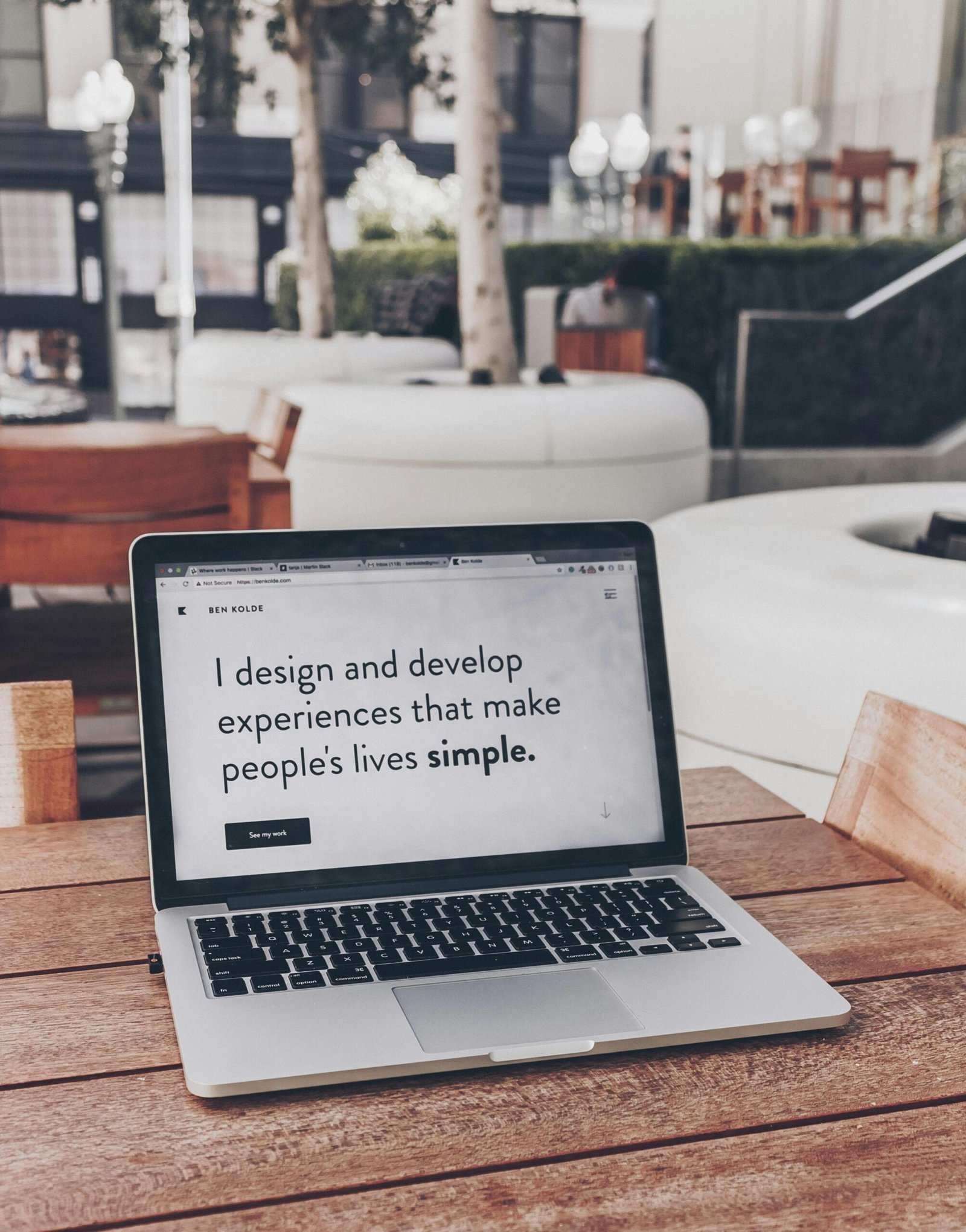
Introduction to build forms tier list
To create an accurate and useful forms tier list, it is essential to categorize forms based on specific criteria. These criteria may include ease of use, completion rate, design flexibility, integration capabilities, and data security. By evaluating forms against these standards, you can develop a build forms tier list that highlights the strengths and weaknesses of each form type. This categorization not only aids in selecting the most appropriate form for various scenarios but also provides insights into areas where improvements can be made.
In summary, a forms tier list is an invaluable resource for anyone involved in the creation, implementation, or management of forms. It offers a clear, organized way to determine which forms are most effective, thereby enhancing overall efficiency and user satisfaction. By understanding and utilizing forms tier lists, you can make more informed decisions and optimize the use of forms in your projects.
Criteria for Ranking Forms
When evaluating and ranking forms, several critical criteria must be considered to ensure their overall effectiveness and utility. The first essential criterion is usability. Usability directly impacts how easily users can interact with the build forms tier list, fill it out, and submit it. A form with high usability is intuitive, straightforward, and minimizes user errors, thereby enhancing the user experience and increasing completion rates.
Another pivotal criterion is the design. The visual appeal of a form plays a significant role in user engagement. Forms should be aesthetically pleasing, aligned with the overall design of the website or application, and responsive across different devices. A well-designed form can significantly reduce user fatigue and abandonment rates.
Ease of integration is also a crucial factor. Forms should seamlessly integrate with other systems and platforms, such as CRM systems, email marketing tools, and databases. This integration facilitates efficient data management and ensures that the information collected is easily accessible and usable for further processing.
Customization options are vital for tailoring forms to meet specific needs. Forms that offer extensive customization capabilities allow businesses to create unique, purpose-driven forms that cater to their specific requirements. Customization includes altering fields, adding custom branding, and modifying the form’s behavior based on user input.
The importance of security features cannot be overstated. Forms often handle sensitive data, making robust security measures essential. Features such as SSL encryption, CAPTCHAs, and data validation help protect against unauthorized access and ensure the privacy and integrity of the data collected.
Lastly, user feedback provides invaluable insights into the form’s performance in real-world scenarios. Feedback from actual users can highlight potential issues, usability problems, and areas for improvement that might not be apparent during the initial design and testing phases. By considering user feedback, forms can be continually optimized to better meet user needs and enhance overall effectiveness.
Top Tier Forms: The Best of the Best
In the realm of form building, certain forms stand out due to their exceptional performance across multiple criteria. These top-tier forms exhibit a harmonious blend of user-friendliness, functionality, and versatility, making them the preferred choice for many businesses and organizations.
One prominent example of a top-tier form is build forms tier list. Renowned for its intuitive design and interactive interface, Typeform allows users to create engaging forms that feel more like conversations than traditional surveys. This unique approach not only enhances user experience but also leads to higher completion rates. build forms tier list’s robust analytics and integration capabilities further solidify its position as a top-tier form.
Another leading form in this category is Google Forms. Praised for its simplicity and seamless integration with other Google Workspace apps, Google Forms offers a straightforward yet powerful solution for collecting data. Its real-time collaboration features and extensive customization options make it a favorite among educators, researchers, and small businesses. Additionally, Google Forms’ compatibility with various third-party add-ons enhances its functionality, making it a versatile tool for diverse needs.
JotForm also deserves mention as a top-tier form. With its extensive template library and drag-and-drop builder, JotForm enables users to create sophisticated forms without any coding knowledge. Its advanced features, such as conditional logic, payment processing, and HIPAA compliance, cater to a wide range of industries, including healthcare and e-commerce. JotForm’s ability to integrate with over 100 apps ensures that data collection and workflow automation are streamlined and efficient.
User testimonials and case studies further underscore the effectiveness of these top-tier forms. For instance, a marketing agency reported a 40% increase in lead generation after switching to Typeform, citing its engaging design as a key factor. Similarly, a university noted improved survey response rates and data accuracy with Google Forms, attributing the success to its ease of use and collaborative features. A healthcare provider highlighted JotForm’s HIPAA compliance as crucial for securely collecting patient information, demonstrating its reliability in sensitive contexts.
In summary, Typeform, Google Forms, and JotForm exemplify the best of the best in build forms tier list. Their superior design, functionality, and versatility make them top choices for anyone looking to create effective and efficient forms.
Mid Tier Forms: Solid Choices with Some Trade-offs
In the realm of form-building, mid-tier options present a blend of reliability and practicality, albeit with certain limitations. While these forms may not possess the advanced features of top-tier solutions, they deliver a robust performance suitable for a wide range of applications. The mid-tier forms serve as a balanced choice, especially for users who prioritize cost-effectiveness and functionality over premium features.
A key advantage of mid-tier forms is their straightforward usability. They often come with intuitive interfaces and essential features that cater to the majority of general needs. For instance, forms like JotForm and Typeform offer diverse templates and customization options, making them adaptable for different purposes such as surveys, registrations, and feedback collection. Their drag-and-drop functionalities simplify the creation process, making them accessible even for non-technical users.
However, the trade-offs for these mid-tier forms lie in their limitations. While they provide a range of basic features, they may lack the advanced integrations and analytics offered by top-tier forms. For example, users might find that mid-tier forms have limited data export options or fewer third-party app integrations. Additionally, the customization might be restricted compared to more sophisticated platforms, potentially impacting the ability to tailor forms to specific branding or unique user experience requirements.
Despite these constraints, mid-tier forms remain a viable option for many scenarios. Small businesses, educational institutions, and non-profit organizations often find these forms to be a cost-efficient solution that meets their functional needs. For instance, an educational institution might use a platform like Google Forms for quick student surveys, while a small business could utilize Wufoo for simple customer feedback forms. In these contexts, the balance of cost and functionality provided by mid-tier forms often outweighs the need for advanced features.
In comparison to top-tier forms, mid-tier options are more budget-friendly and easier to implement, making them appealing to users with moderate requirements. While top-tier forms offer extensive capabilities and advanced customization, mid-tier forms strike a practical balance, providing essential functionalities without the complexity or higher cost, thus catering to a broad audience seeking effective yet straightforward solutions.
Lower Tier Forms: Adequate but Limited
When considering lower-tier forms, it is essential to recognize that while these options may fulfill basic needs, they often fall short in terms of advanced features and flexibility. These forms usually cater to individuals or small businesses with straightforward requirements, such as simple data collection or basic feedback. Nevertheless, their limited scope does not render them entirely useless; rather, they serve specific niches effectively.
One example of a lower-tier form is the basic contact form found on many websites. This type of form typically includes fields for name, email address, and a message box. Despite its simplicity, it accomplishes its primary goal of facilitating communication between the user and the website owner. However, it lacks advanced functionalities such as conditional logic, file uploads, or integration with other software applications, which are often necessary for more complex data collection tasks.
Another example is the basic survey form, commonly used for gathering customer feedback or conducting simple polls. While these forms can efficiently capture responses, they generally do not offer advanced analytics or reporting capabilities. Users may find it challenging to analyze data or draw meaningful insights without exporting the information to a more sophisticated tool.
Common issues associated with lower-tier forms include limited customization options, which can restrict the form’s appearance and functionality. Furthermore, these forms often lack robust security features, making them more vulnerable to spam and data breaches. Additionally, integration capabilities with other platforms or software solutions are typically minimal, which can hinder workflow automation and data build forms tier list synchronization efforts.
Despite these limitations, lower-tier forms can be valuable in specific scenarios. For instance, small businesses or individual users with minimal data collection needs may find these build forms tier listsufficient and cost-effective. Additionally, they can serve as a starting point for those new to form creation, providing a simple and straightforward introduction before transitioning to more advanced solutions.
Specialized Forms: Niche Solutions for Specific Needs
In the realm of form creation, specialized forms serve unique purposes that often fall outside the conventional tier categories. These forms are meticulously designed to address specific, niche applications, making them invaluable in particular scenarios where traditional forms might falter. Their unique features and tailored functionalities cater to industry-specific needs, ensuring that they are not only effective but also highly regarded within their respective domains.
One prime example of specialized forms is medical forms used in healthcare settings. These forms encompass patient intake forms, medical history questionnaires, and consent forms, all of which are crucial for obtaining detailed and accurate patient information. Given the sensitive nature of the data, these forms are often equipped with enhanced security measures to ensure confidentiality and compliance with regulations such as HIPAA.
Another illustration of niche forms is found in the legal sector. Legal forms, such as contracts, wills, and affidavits, demand precise language and specific clauses to uphold their legality. These forms often include digital signature capabilities and are designed to comply with legal standards, ensuring they hold up in court. Their structured format and comprehensive nature make them indispensable tools for attorneys and legal professionals.
In the educational field, specialized forms such as course evaluation forms and research consent forms play a pivotal role. Course evaluation forms gather feedback from students, which is crucial for improving teaching methods and course content. Research consent forms, on the other hand, ensure that participants are fully informed and have agreed to the terms of a study, adhering to ethical guidelines.
Industry-specific forms also include construction forms, such as project proposals and safety checklists. These forms are tailored to meet the unique requirements of construction projects, ensuring that all aspects are meticulously documented and safety standards are upheld. The detailed nature of these forms helps in maintaining project integrity and worker safety.
In essence, specialized forms are indispensable for their respective niches. Their design and functionality are curated to meet specific needs, providing solutions that standard forms cannot. Industries such as healthcare, legal, education, and construction highly regard these forms for their precision, compliance, and tailored features.
Tips for Choosing the Right Form
When selecting the appropriate form for your needs, it is crucial to conduct a thorough evaluation based on several key criteria. This ensures that the form you choose aligns well with user requirements, context of use, and various priorities. Here’s a step-by-step guide to help you make an informed decision:
Step 1: Evaluate User Needs
Begin by understanding the specific needs of the users who will interact with the form. Consider factors such as the level of technical expertise, accessibility requirements, and the type of data they need to input. Conducting surveys or user interviews can provide valuable insights into these needs, ensuring that the chosen form aligns well with user expectations and capabilities.
Step 2: Context of Use
The context in which the form will be used is another critical factor. Determine whether the form will be used on mobile devices, desktops, or both. Forms intended for mobile use should be responsive and easy to navigate on smaller screens. Additionally, consider the environment in which the form will be filled out—for instance, forms used in noisy or low-light conditions may require larger text and simplified designs.
Step 3: Balance Priorities
Different forms serve different purposes, and it’s essential to balance various priorities such as data security, ease of use, and aesthetic appeal. For instance, forms that collect sensitive information should prioritize security features like data encryption and user authentication. On the other hand, a form designed for quick feedback might emphasize simplicity and ease of use over other features.
Step 4: Use a Checklist
Creating a checklist can streamline the decision-making process. Include the following points in your checklist:
- Identify the primary purpose of the form.
- Evaluate user needs and technical abilities.
- Consider the context in which the form will be used.
- Balance priorities such as security, usability, and aesthetics.
- Test the form with a small group of users and gather feedback.
- Make necessary adjustments based on user feedback.
By following these steps, you can ensure that the form you choose is well-suited to its intended purpose, meets user needs, and functions effectively within its specific context of use.
Conclusion and Future Trends in Form Design
Throughout this comprehensive guide, we have delved into the essential aspects of building a forms tier list. From understanding the critical factors that influence form selection to categorizing various types of forms based on their functionality and user experience, the importance of choosing the right form cannot be overstated. A well-designed form not only enhances user engagement but also ensures the collection of accurate and useful data, build forms tier list which is crucial for any business or organization.
As we move forward, it is imperative to stay abreast of emerging trends and future developments in form design and technology. One notable trend is the increasing use of artificial intelligence and machine learning to create more intuitive and responsive forms. These technologies can help predict user behavior, streamline form completion processes, and reduce errors, ultimately leading to higher conversion rates. Additionally, the integration of build forms tier build forms tier list conversational interfaces is transforming traditional forms into more interactive and engaging experiences.
Another significant trend is the emphasis on mobile-first design. With the growing reliance on build forms tier listsmartphones and tablets, ensuring that forms are optimized for mobile devices has become a priority. This includes implementing responsive design principles, simplifying form fields, and leveraging touch-friendly elements to enhance usability on smaller screens.
Furthermore, the adoption of advanced security measures is becoming increasingly important. As data privacy concerns rise, implementing robust encryption, multi-factor authentication, and secure data storage practices are essential to protect user information and build trust.
In conclusion, the landscape of build forms tier list design is continuously evolving, driven by technological advancements and changing user expectations. It is crucial for designers and developers to stay updated with the latest trends and continuously evaluate their form choices to ensure they are utilizing the best tools available. By doing so, they can create forms that not only meet current standards but also anticipate future needs, ultimately leading to more effective and efficient data collection.


